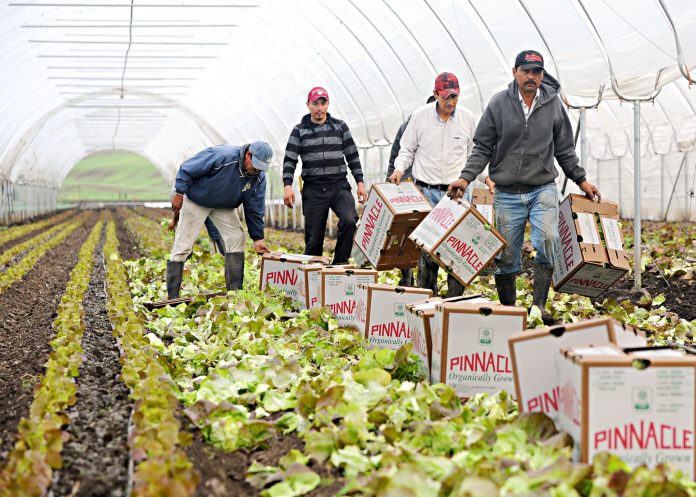The recent deadly outbreak of E. coli in romaine lettuce is officially over. Federal authorities say the romaine lettuce for sale in grocery stores and restaurants is safe to eat.
According to a June 28 report from the U.S. Centers for Disease Control and Prevention, samples taken from canal water that irrigated Yuma, Arizona growing fields were laced with deadly bacteria.
“The E. coli O157:H7 found in the canal water is closely related genetically to the E. coli O157:H7 from ill people,” the CDC reported in a final update on the outbreak.
The romaine lettuce grown in Arizona was contaminated with a particularly virulent strain of E. coli that sickened 210 people in 36 states between March 13 and June 6. The age of victims ranged from 1 to 88.
Ninety-six of the victims were sick enough to be hospitalized; 27 of those developed hemolytic uremic syndrome, a type of kidney failure. Five people from four states died.
It was the worst outbreak of the particular strain of E. coli since a 2006 outbreak linked to spinach.
Using a special type of DNA fingerprinting called whole genome sequencing, the CDC was able to determine that the E. coli bacteria sampled from those who became ill was closely related genetically, so a single source of infection was the most likely cause.
The U.S. Food and Drug Administration, along with the CDC and various state partners, then traced the outbreak back to a single growing region in Yuma, Arizona.
Yuma grows 90 percent of all the leafy greens America eats between the months of November and March. Most lettuce consumed the rest of the year is grown in California, including San Benito County. The last shipments of lettuce from Arizona shipped in April.










